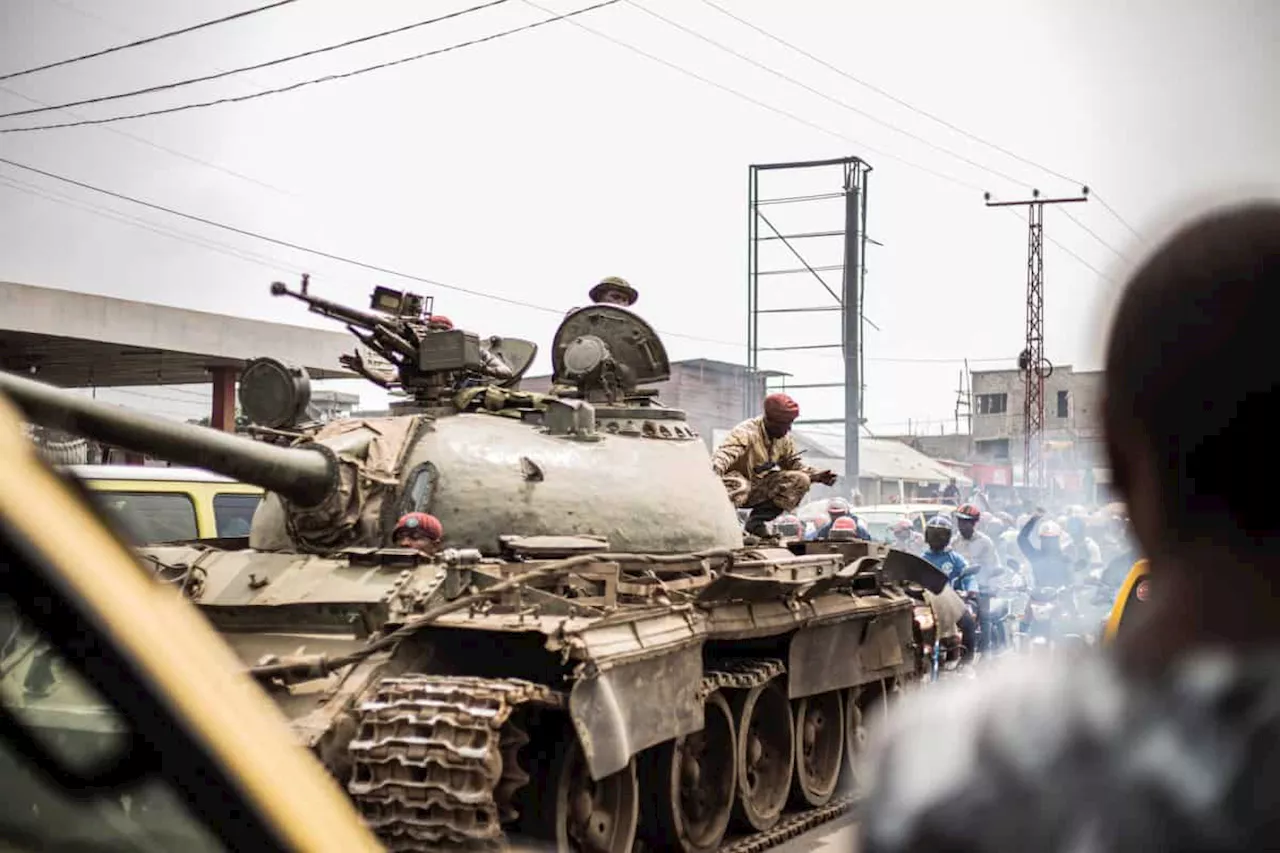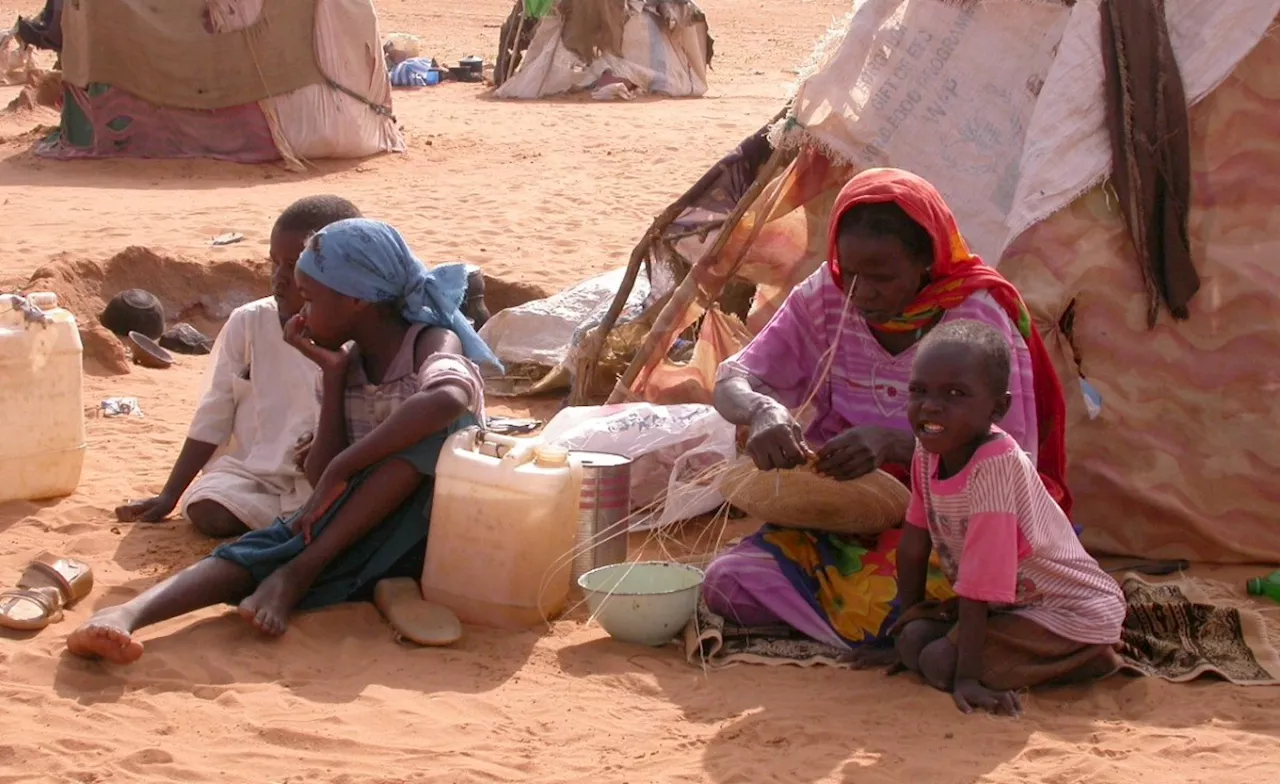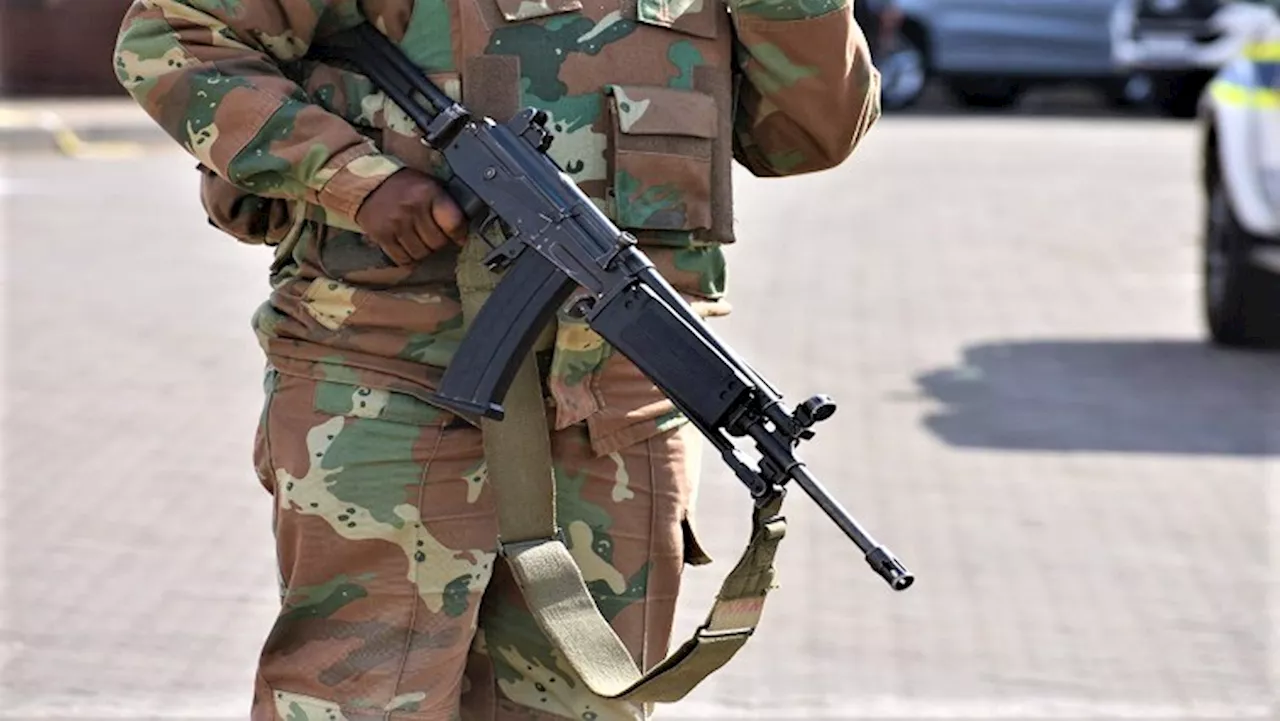The ongoing conflict in the Democratic Republic of Congo (DRC) is a complex web of competing interests and historical grievances. This article delves into the origins of the violence, highlighting the breakdown in talks surrounding the national army and the involvement of various militia and foreign troops. It also examines the latest developments, including the tragic loss of South African peacekeepers and the urgent calls for a ceasefire and renewed peace talks.
The ongoing violent clashes in the Democratic Republic of Congo (DRC) stem from a deep-rooted power struggle involving the national army and various warring factions. Former ambassador and national security advisor, Welile Nhlapo, explained to IOL the presence of thousands of militia and foreign troops in the region since 1994.
He highlighted the signing of the Lusaka Agreement in November 1994, where a breakdown occurred between the Congolese Rally for Democracy (RCD Goma) and other negotiating groups. 'RCD Goma did not sign as a unified group. They decided that each of the founding members must sign as individuals. This signaled the start of the problems. They were later integrated into the Congolese army.', Nhlapo stated.\He further elaborated on the core issue arising from the decision on how to build the new army in the DRC. The government's preference to choose its recruits, he explained, created sharp differences between Rwanda, Uganda, and the rest of the Southern African Development Community (SADC). This disagreement, according to Nhlapo, laid the foundation for the emergence of the March 23 Movement (M23), a Congolese Tutsi-led, Rwandan-backed rebel group. Nhlapo stressed that 'What we are dealing with now, is the failure to deal with the question of building a national army as they had indicated would be the preferred route to go. Until and unless that problem is resolved, including the issue of citizenship for the Tutsi community, this will continue.' \The Rwandan government has maintained that the ongoing conflict in the eastern DRC, particularly the heavy fighting in Goma, was triggered by consistent violations of the ceasefire by the Congolese armed forces (FARDC) in coalition with UN-sanctioned genocidal militia, the Democratic Forces for the Liberation of Rwanda (FDLR), European mercenaries, ethnic militias, Burundian armed forces, and SAMIDRC forces. They assert that the resurgence of M23 in late 2021 did not originate in Rwanda. Meanwhile, South Africa's participation in the peacekeeping mission through the SANDF has resulted in the tragic loss of 13 soldiers due to a mortar bomb attack launched by M23 rebels near Goma Airport. This incident has prompted calls for President Cyril Ramaphosa to address the nation and offer condolences to the grieving families while assuring South Africans of the safety of the Defence Force. In response to the escalating violence, President Ramaphosa has engaged in discussions with Rwandan President Paul Kagame to address the situation in the eastern DRC. Both leaders have stressed the urgent need for a ceasefire and the resumption of peace talks involving all parties to the conflict
DR Congo Armed Conflict M23 Peacekeeping Rwanda South Africa Lusaka Agreement MONUSCO SAMIDRC
South Africa Latest News, South Africa Headlines
Similar News:You can also read news stories similar to this one that we have collected from other news sources.
DRC Takes Legal Action Against Apple Over Alleged Use of 'Conflict Minerals'The Democratic Republic of Congo (DRC) has filed criminal complaints against Apple subsidiaries in France and Belgium, accusing the tech giant of knowingly using conflict minerals sourced from illegal mining operations.
Read more »
 SA calls on international community to assist in DRC conflictFighting with M23 rebels left at least 13 peacekeepers and South African soldiers dead after two days of fierce fighting in the eastern DRC.
SA calls on international community to assist in DRC conflictFighting with M23 rebels left at least 13 peacekeepers and South African soldiers dead after two days of fierce fighting in the eastern DRC.
Read more »
South Africa to Reinforce Troops in DRC Amid Rising ViolenceWith nine South African soldiers dead and more injured in the escalating conflict in the Democratic Republic of Congo, the SANDF is sending reinforcements. Tensions are high as the M23 rebel group, backed by Rwanda, advances further, raising concerns about the SANDF's capabilities and prompting calls for their withdrawal. South Africa demands decisive UN action to address the crisis which has displaced 400,000 civilians.
Read more »
 Sudan's Conflict: Escalating Violence and Growing Danger for CiviliansThe conflict in Sudan is intensifying, posing a severe threat to civilians. Reports of ethnic killings in Al Jazirah state and a looming battle for Khartoum fuel fears for the civilian population. Both the Sudanese Armed Forces (SAF) and the Rapid Support Forces (RSF) are engaged in a brutal struggle for power, with civilians bearing the brunt of the violence. The strategic city of Wad Madani has changed hands, highlighting the volatile nature of the conflict.
Sudan's Conflict: Escalating Violence and Growing Danger for CiviliansThe conflict in Sudan is intensifying, posing a severe threat to civilians. Reports of ethnic killings in Al Jazirah state and a looming battle for Khartoum fuel fears for the civilian population. Both the Sudanese Armed Forces (SAF) and the Rapid Support Forces (RSF) are engaged in a brutal struggle for power, with civilians bearing the brunt of the violence. The strategic city of Wad Madani has changed hands, highlighting the volatile nature of the conflict.
Read more »
 South Africa Considers DRC Withdrawal as Tensions EscalateThe South African National Defence Force (SANDF) states that the potential withdrawal of soldiers from the Democratic Republic of Congo (DRC) will be decided politically. The situation in the DRC remains volatile following clashes between M23 rebels and the DRC army, resulting in the deaths of 13 South African soldiers. Kenyan President William Ruto has convened a meeting with Rwandan and DRC leaders to address the crisis.
South Africa Considers DRC Withdrawal as Tensions EscalateThe South African National Defence Force (SANDF) states that the potential withdrawal of soldiers from the Democratic Republic of Congo (DRC) will be decided politically. The situation in the DRC remains volatile following clashes between M23 rebels and the DRC army, resulting in the deaths of 13 South African soldiers. Kenyan President William Ruto has convened a meeting with Rwandan and DRC leaders to address the crisis.
Read more »
Tragic loss: nine SANDF soldiers killed in DRC peace missionThree members of the SANDF have been killed in the DRC, raising serious concerns about the lack of communication and support for South African soldiers deployed in the region.
Read more »